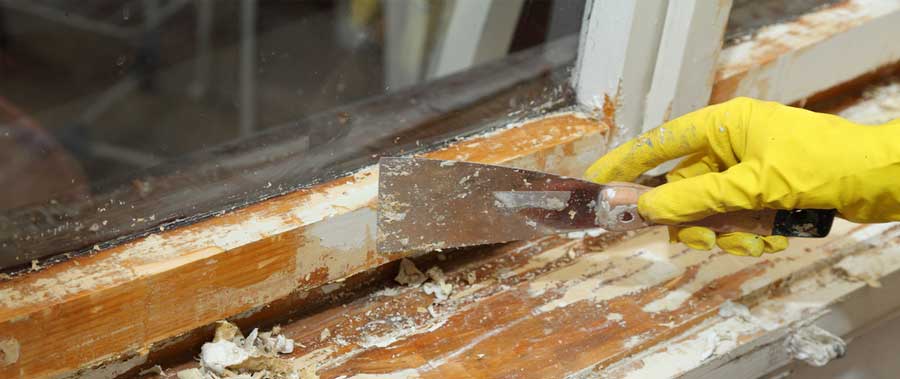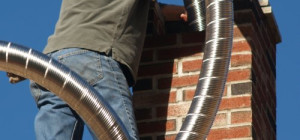 Lead was a popular additive to paint until the mid-1960s when the recommended amount of lead in paint dropped from 50% to 1%. It has since declined even further.
Lead was a popular additive to paint until the mid-1960s when the recommended amount of lead in paint dropped from 50% to 1%. It has since declined even further.
Unfortunately, it was discovered that lead causes an array of health issues, including poisoning which can result in death. Your body will absorb more lead when it is breathed in than if it swallows or otherwise absorbs it. Once it is in your body it heads to your bones and slowly releases itself into your system. This can lead to abdominal pain, constipation, fatigue, memory loss, irritability, and even pain or tingling in your hands and feet.
If you’re exposed to lead in the long term you are likely to experience sickness, depression, become forgetful, irritable, constipated, and easily distracted. You’ll also have continual abdominal pain.
If you’ve purchased a property and subsequently discovered lead paint then you’ll need to speak to someone with knowledge of the security of payments act NSW, they will help you to rectify the issue.
When Lead Based Paint Is An Issue
Lead based paints are generally used on door frames, skirting boards, exterior walls, guttering, and any metal surface. It was also commonly used on walls and ceilings inside your home.
The good news is that when the paint is in good condition there is no health implication. However, once the paint starts to flake you have an issue as the lead will then be able to enter your body.
In short, if you have lead based paint in your home and you are intending to undertake renovations, you will need to proceed with caution.
If you dry dry-sanding the surface, scraping, or even blasting then high concentrations of lead will be dispersed into the atmosphere and will be small enough to inhale.
Checking For Lead
If you are concerned about lead then you need to have your paint tested. The specialists will do this and can advise if there is lead present in your paint. It is also possible to have a blood test completed that will show you how much lead is in your blood and whether that is an issue or not.
If you’re faced with lead paint then the best approach is to get the professionals to remove it for you. They know what they are doing and will ensure there is no risk to your health.
There are several ways the lead based paint can be dealt with:
- Encapsulation
Encapsulation refers to using a special sealant to coat the lead paint. It’s usually rolled onto the paint to prevent any issues and seals the lead into position. This prevents flakes and ensures you stay hazard free.
- Enclosure
Enclosure simply means covering the lead paint with new material. For example, if the paint is on the walls then you can add fresh dry lining on top of the paint and effectively seal it into position. This is a surprisingly simple way to deal with the issue. However, it should be noted that the problem will still exist, under the new covering. If you, or future homeowners, ever decide to do something with the walls you’ll still have to deal with the lead based paint.
- Removal
Potentially the best solution is to remove the paint altogether. However, there is no doubt that this is also the most dangerous solution to the issue. It is important to wet-sand the paint as this minimizes the dust escaping into the air. Alongside this, you should use an electric sander that is equipped with the very best particulate filter. This will minimize any lead that can escape into the air.
You should never use sandblasting to remove the lead. Equally, a blow torch or even high-pressure water is not permissible. Not only are these illegal as there is no way to capture the lead, but they are also dangerous, increasing your risk of breathing in lead based paints.
It should be noted that if you have lead based paint and your home is in good condition you can opt to leave it where it is as there are unlikely to be any detrimental effects. But, if the paint starts to flake you will need to take action.







